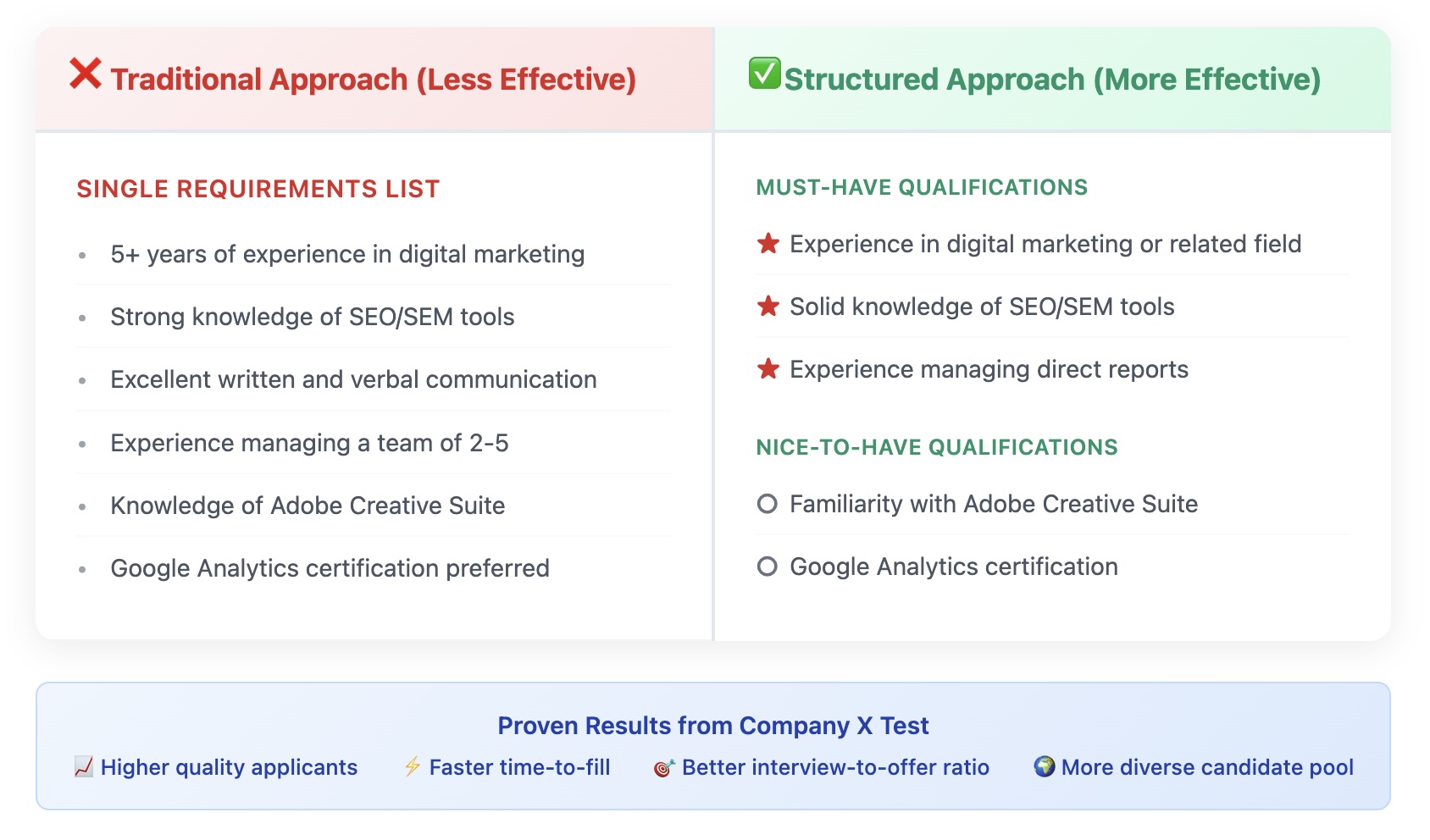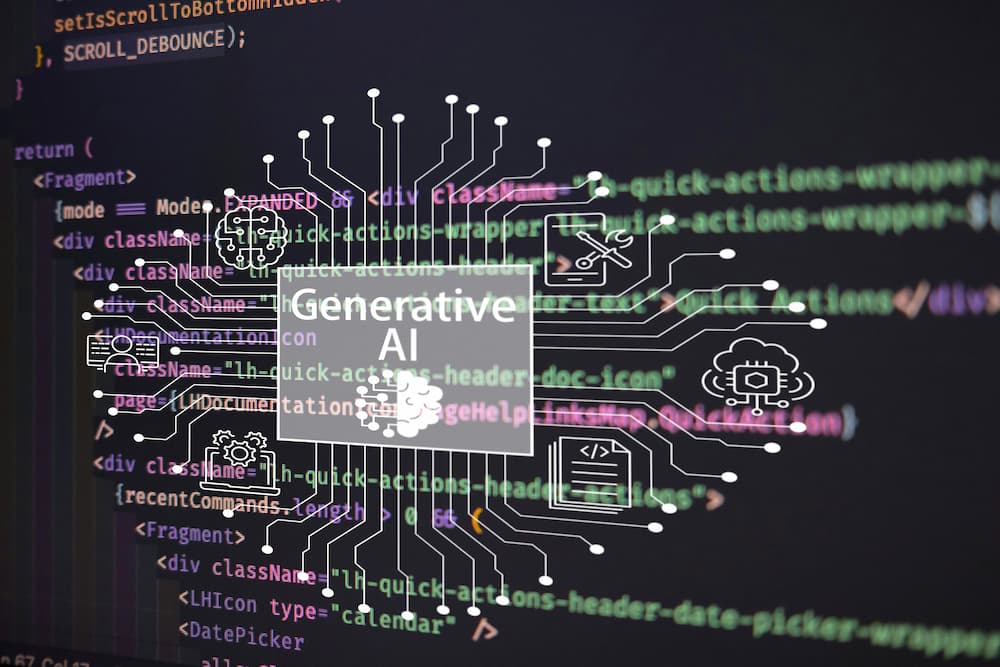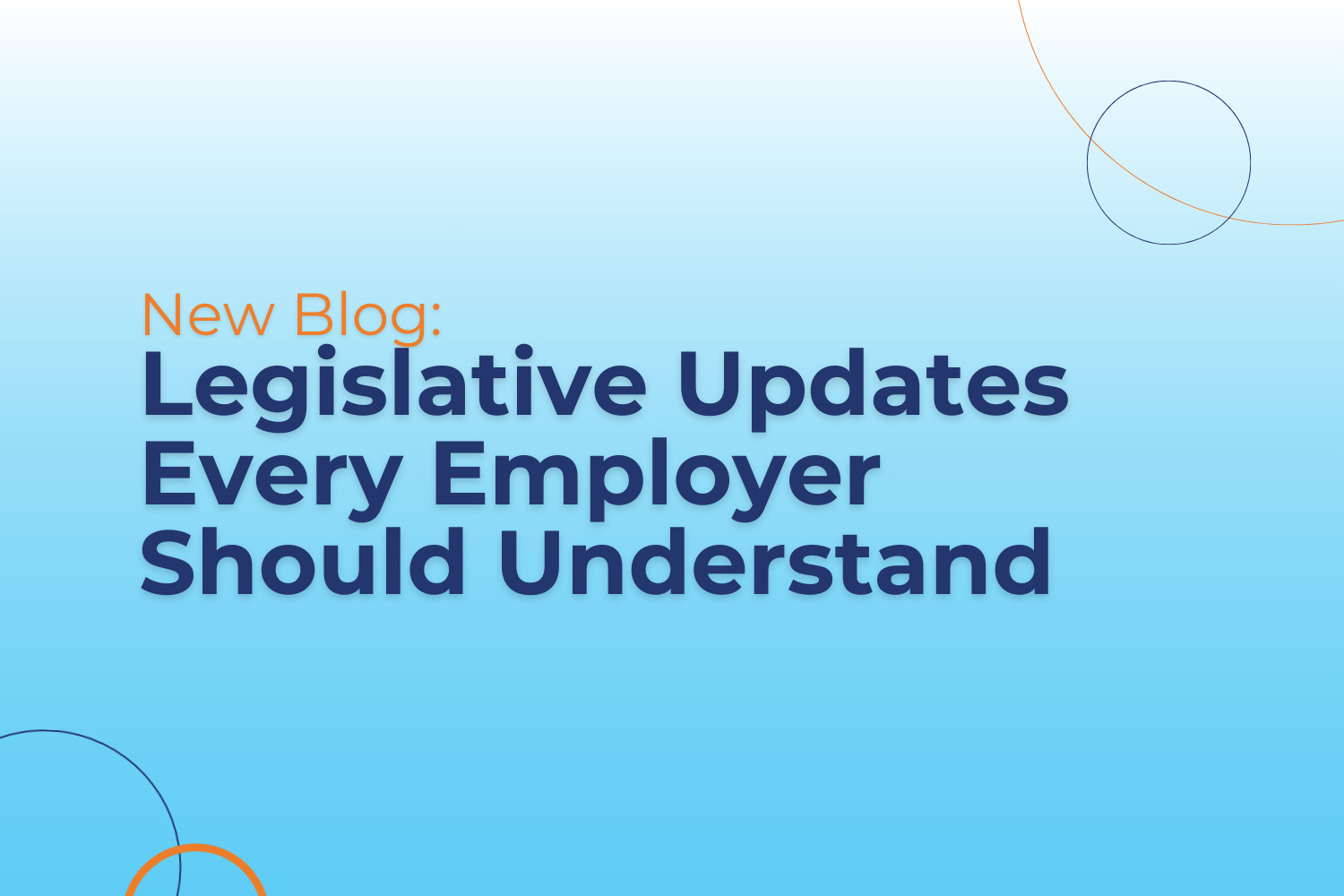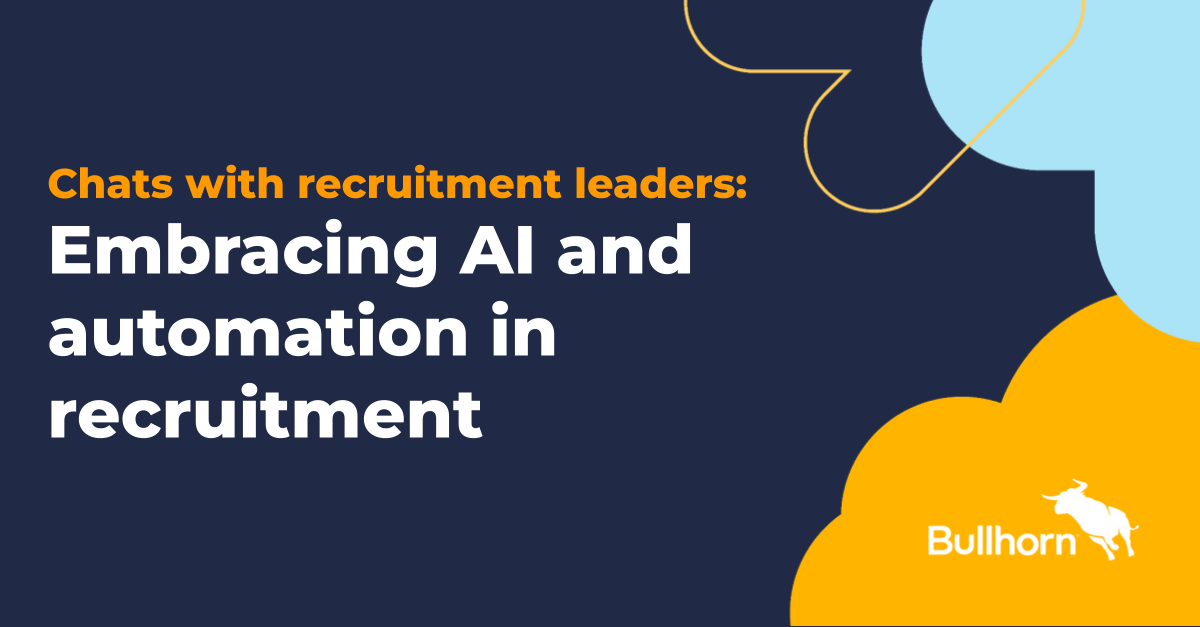Forecasting workforce needs used to be a mix of spreadsheets, trends, and guesswork. But in today’s volatile markets, that’s no longer enough. AI is now reshaping workforce planning by giving HR teams real-time foresight, smarter scheduling, and faster responses to change.
By analyzing factors like seasonal demand, staff skill levels, and real-time market trends, AI tools help organizations predict not just how many people they need, but when and where, with surprising accuracy.
Even large companies, like Amazon, are openly acknowledging that AI’s growing influence could reshape entire teams, highlighting both the promise and the urgency for adapting workforce strategies.
In this article, we explore how AI enhances forecasting methods, from predictive analytics and scenario simulations to scheduling and skills-gap detection, while balancing operational realities and ethical considerations.
Whether you’re leading a fast-paced call center or managing talent in a global organization, understanding these AI-driven approaches can help you confidently plan a workforce that’s resilient, efficient, and ready for what comes next.
Key Takeaways
- Successful adoption requires clean data, ethical oversight, and strong change management.
- AI forecasting reduces workforce planning errors by up to 87% compared to traditional models.
- Real-time data and scenario simulations enable dynamic, intraday staffing adjustments.
- Companies like Walmart and DHL use AI to cut costs, optimize schedules, and boost resilience.
- AI improves accuracy, agility, and employee satisfaction while minimizing overstaffing and burnout.
The Limits Of Traditional Workforce Forecasting
AI can better capture sudden changes, such as economic shifts, changing skill requirements, or unexpected events, where traditional forecasting often lags behind.
It also struggles with fragmented data, relying on siloed HR systems and spreadsheets that hinder real-time insights and accuracy.
Additionally, dependence on gut feel or expert panels may fill gaps, but can introduce bias and mask underlying patterns when the past offers little foresight.
- Reactive and Past-Focused: Traditional models use past staffing levels to predict future needs. While this works in stable environments, it fails when sudden changes, like economic downturns or skill shifts, occur.
- Data Silos & Poor Quality: Organizations often store data in fragmented systems (HRIS, ERP, spreadsheets), making it hard to build a unified view. Inconsistent, inaccurate, or outdated data undermines forecast quality before models even start.
- Heavy Reliance on Human Judgment: Many forecasts depend on managers’ instinct, effective in familiar settings, but prone to bias. When historical data is weak or exceptions hit, reliance on gut feeling or Delphi panels can lead to subjective or inflated forecasts.
- Blind to External Shocks: These methods typically don’t account for external variables such as economic shifts, new regulations, or global events. Lacking real-time or anticipatory signals, they fail to adjust proactively.
- Inflexible and Slow: Manual spreadsheet-based processes and siloed teams slow down decision-making. Forecasts are rarely updated in real-time, leading to delays in adapting staffing plans, bad news in fast-moving industries like retail, healthcare, or contact centers.
The U.S. Bureau of Labor Statistics confirms that while technological adoption is gradual, rapid shifts like AI deployment can outpace conventional forecasting frameworks. Organizations now need diversity in skill forecasting, not just headcount.
Why It Matters
- Overstaffing raises idle wages and eats into margins.
- Understaffing sparks burnout, missed opportunities, and churn.
- Poor forecasting diminishes oversight, undermines strategic growth, and compounds costs over time.
Workforce Forecasting Methods


AI Techniques Fueling Forecasting Evolution
AI techniques bring precision, flexibility, and automation to forecasting, far surpassing the capabilities of static, spreadsheet-driven models.
From deep learning accuracy to autonomous agents and scenario simulation, they enable organizations to manage workforce needs across fluctuating conditions proactively.
AI introduces several advanced techniques that greatly surpass traditional workforce forecasting’s reactive and rigid models:
Machine Learning & Deep Learning (Time-Series Models)
Neural networks like LSTM (Long Short-Term Memory) and BiLSTM significantly outperform traditional time-series approaches. Studies show LSTM-based models can reduce forecasting errors by 84–87% compared to ARIMA.
This heightened accuracy enables more dependable predictions of hiring needs and workforce demand.
Agentic AI for Autonomous Workforce Management
Agentic AI acts autonomously, such as analyzing data, making decisions, and executing staffing or scheduling actions without human intervention.
Tools like Workday Illuminate and Legion’s GenAI Assistants dynamically adjust staffing based on real-time conditions. These systems can continuously learn, adapt, and coordinate across multiple AI agents, offering deeper responsiveness.
Real-Time Forecasting & Intraday Reforecasting
AI-powered forecasting systems not only predict staffing needs ahead of time but also recalibrate during the day using live data, such as call volumes, absenteeism, and demand spikes.
This combination of dynamic load modeling and intraday reforecasting allows teams to stay ahead of disruptions.
Scenario Simulations & Digital Twins
AI-driven digital twins mirror real-world operations, simulating scenarios like high-demand events or supply chain shocks so leaders can proactively test staffing strategies.
These setups pair predictive analytics with simulation, bolstered by reinforcement learning in real-time.
Traditional vs AI Forecasting
| Aspect | Traditional Forecasting | AI-Powered Forecasting |
|---|---|---|
| Data Input | Historical only | Real-time + external |
| Flexibility | Manual updates | Dynamic recalibration |
| Speed | Slow, spreadsheet-based | Automated, continuous |
| Accuracy | Prone to bias/errors | 80–90% improved accuracy |
Real‑World Use Cases:
It’s helpful to understand how AI-powered forecasting is being applied across industries, from retail to logistics, to improve operational efficiency and responsiveness.
These real-world implementations demonstrate how companies leverage predictive analytics and automation to optimize staffing, inventory, and scheduling in dynamic environments.
Organizations across sectors are applying AI forecasting with measurable impact:
1. Walmart (Retail)
Walmart leverages AI-based demand and labor forecasting across its vast network of stores, integrating sales history, promotions, weather, and external variables.
This enables highly accurate labor scheduling and inventory planning, reducing costs by as much as 15% in some areas, while enhancing customer availability and experience.
2. Schnucks (Supermarket Chain)
Schnucks employs Logile’s AI-driven demand forecasting solution that simultaneously predicts product sales and staffing needs.
By aligning inventory levels and employee schedules in real time, the retailer improves resource utilization, reduces waste, and ensures efficient operations and product availability during peak demand periods.
3. Large U.S. Department Store Chain
A major U.S. department store implemented AI time-series forecasting to optimize staffing across operational and customer-facing roles.
By anticipating foot traffic and seasonal trends, the chain improved labor allocation, reducing overstaffing and service gaps, and delivering more consistent customer support.
Logistics Giants (Supply Chain & Warehousing)
Logistics firms like DHL and Maersk use AI-powered digital twins to simulate supply chain disruptions, such as volume spikes or labor shortages.
These systems optimize staffing, routing, and warehouse operations, boosting resilience and minimizing overtime in dynamic, cross-border logistics environments.
Benefits That Matter To Your Organization
AI-powered workforce forecasting significantly boosts accuracy, enabling organizations to fine-tune staffing levels and reduce costly overstaffing or service interruptions.
At the same time, operational efficiency improves, forecasts update in real time, freeing HR teams from manual data crunching and allowing resources to be allocated where they count most.
AI-based forecasting delivers a powerful value proposition:
- Enhanced Accuracy: Advanced algorithms process vast and varied data sets, historical patterns, external trends, even skills inventories to predict staffing needs with precision, reducing costly overstaffing or service gaps.
- Real-Time Operational Agility: Forecasts adjust dynamically as conditions shift, think seasonal trends, market changes, or sudden demand spikes, allowing HR teams to make fast, informed decisions.
- Cost Optimization: By aligning staffing levels more closely with demand, AI minimizes wage waste, overtime, and last-minute hiring expenses while also surfacing scenarios for better resource allocation.
- Improved Employee Experience: Predictive scheduling, skill-aligned assignments, and balanced workloads foster engagement, satisfaction, and retention, making your workforce feel valued and supported.
- Scalable, Strategic Planning: Whether you manage one location or multiple countries, AI scales effortlessly from short-term shifts to long-term talent and skills planning, supporting growth and resilience.
Ethical & Operational Challenges
Implementing AI for workforce forecasting brings thorny ethical dilemmas: sensitive employee data must be handled under strict privacy regulations like GDPR or CCPA, and models trained on biased historical records risk perpetuating unfair outcomes.
On the operational side, integration with legacy systems and gaining organizational buy-in pose additional hurdles, demanding robust change management, explainable models, and continuous model auditing to maintain trust and effectiveness.
Adopting AI forecasting is not without caveats. Key considerations include:
Data Privacy & Surveillance Risks: Aggregating granular employee data can feel intrusive. The line blurs when AI forecasts productivity, absences, and work patterns.
Bias in Algorithms: If historical bias isn’t cleaned, models can amplify inequities. For example, workforce analytics may reinforce homogeneous hiring and salary patterns.
Model Drift & Anomaly Sensitivity: AI thrives on patterns; those patterns must be retrained and updated to avoid obsolescence when disruption strikes.
Job Displacement vs. Augmentation: There is legitimate concern around job losses. Leaders like Amazon’s Andy Jassy and Anthropic’s Dario Amodei warn of roles being displaced, even as others point to new AI-enabled jobs.
Roadmap: Bringing AI Forecasting To Life
To successfully integrate AI into workforce forecasting, begin with a targeted pilot, select a high-impact use case such as call-center staffing or holiday scheduling, then measure outcomes like time saved, forecast accuracy, and team adoption.
As you prove value, expand gradually, integrating tools with existing HR and ERP systems, training users, and establishing ongoing performance monitoring to guide continuous improvement.
| Step | Description |
| Data Foundation | Consolidate HR systems, ERP, LMS, external labor-market data. This is critical for robust ML inputs. |
| Vendor Selection or Build | Choose platforms supporting time-series, agentic AI, scenario simulations, and bias testing. |
| Pilot Launch | Test a high-impact use case—e.g., holiday season call‑center staffing. |
| Monitor Performance | Measure accuracy vs. baseline, conduct bias audits, and adapt models. |
| Scale & Integrate | Roll out successful forecasting across regions or departments. |
| Employee Enablement | Provide training on AI literacy and instill trust by explaining decision rationale. |
| Governance Framework | Establish ethical oversight, audit model outcomes, and define data privacy guidelines. |
Conclusion
AI-driven workforce forecasting is more than just a technological enhancement; it empowers organizations to align labor precisely with business needs, delivering measurable benefits.
By providing accurate, real-time projections, it helps companies reduce costs and enhance customer service, ensuring each team is optimally staffed. These insights also allow proactive training efforts, enabling businesses to anticipate and develop emerging skills, rather than reactively scramble to fill gaps.
Importantly, AI forecasting strengthens resilience by equipping organizations to weather market disruptions with agility and foresight. On the human side, fair and transparent algorithms enable greater employee engagement and equity, fostering trust through consistent, unbiased scheduling and performance insights.
With responsible governance, transparency, and human‑in‑the‑loop oversight, AI forecasting becomes a collaborative, transforming workforces into smarter, fairer, and more future‑ready teams.











